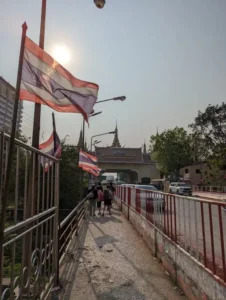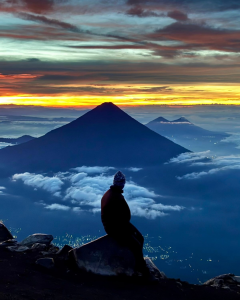Your basket is currently empty!
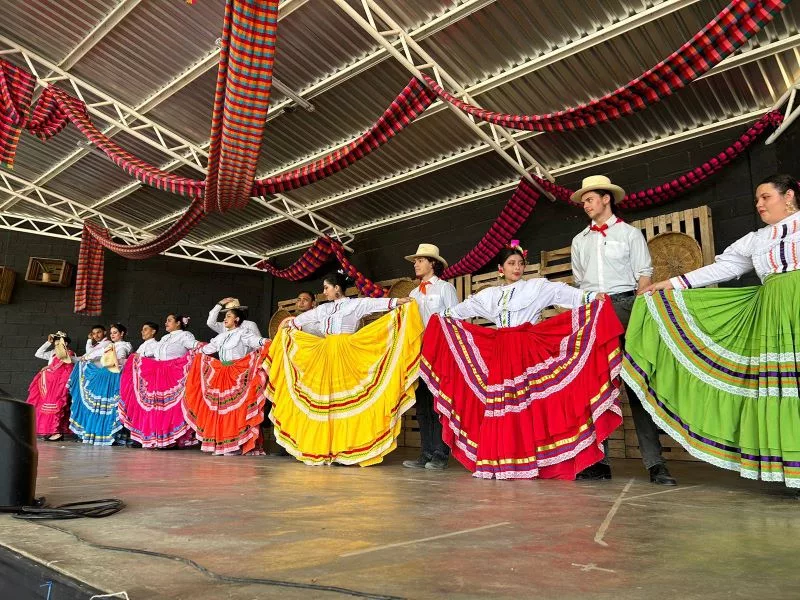
Fiesta Típica in Yamaranguila (Paul, Honduras Volunteer 23/24)
Fiesta Típica is a performance produced by Abundant Life Christian School which essentially acts as a fundraiser for the school. Families of the attending children come and enjoy traditional Honduran food and entertainment. Rory and I took this as an opportunity to throw ourselves into the local culture. We participated in the teacher’s dance, with each grade in the school practicing and performing their own dance. This ranged from the youngest, who brought the cute factor, to the oldest, whose coordination was genuinely impressive. We the teachers, however, were somewhere in the middle: not impressive but entertaining (though I’m still proud because we only had a total of four led practices).
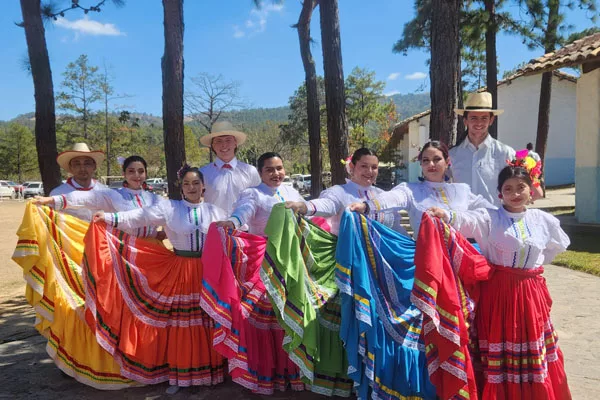
The outfits are very elegant. Women wear colourful dresses in beautiful shades of pink, yellow, orange, green and blue with eye shadow to match. For the men it’s a bit simpler, donning a smart shirt, traditional straw hat, and bandana.
The dance itself really emanates the culture. There’s a clear Spanish influence in the movements and look of it all, yet with an added elegance. It’s full of footwork and small movements (which I cannot claim to have mastered) that are representative of Hondurans’ desire to show a more graceful side of the country. It’s the kind of dance that you can perform in a place absent of lavish backdrops or designs as your eyes are drawn only to the mesmerising style and pride of each movement. This made it very fun to learn and I enjoyed being shown how to be more precise and confident in the smaller movements, compared to the wilder Scottish dances I’ve grown up with.
Fiesta Típica isn’t just about sharing stories of a collective Honduras through dance, art, and song but also a way in which each region of Honduras gets to tell their individual story.
Parents of scholarship students were responsible for setting up different ‘stalls’ during the day. All the stalls had a theme and sold different things, such as Baleadas and Papusas, to reflect the local style of each region in Honduras. Each team went to great lengths to prepare their stalls and the area quickly became animated with stories from Intibucá, Santa Barbra, and Santa Rosa. To illustrate just how much effort went into these stalls, imagine me, sleeves rolled up getting hands-on with a pickaxe in order to help dig a moat to fill with water and fish, representing team Santa Rosa. There was also a costume beauty pageant with the most dazzling outfits of all secondary grades, decked out in jewellery and animal skins representative of different localities.
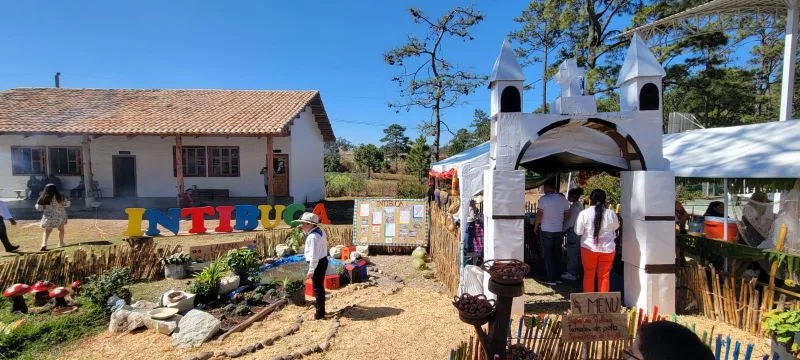
Being able to tell stories of Honduran culture through traditional dance and iconic dress will be something I will remember for the rest of my life. With great pride, I have been able to add it to the list of traditional dances I have learned alongside American Swing, Salsa, and of course my native Highland ceilidh. As a plus, the money earned on that day is currently being invested into new projectors for the school, with the goal to have one in every class. In a school of over 500 students, this will have a huge impact and Fiesta típica 2024 can be named a major success.

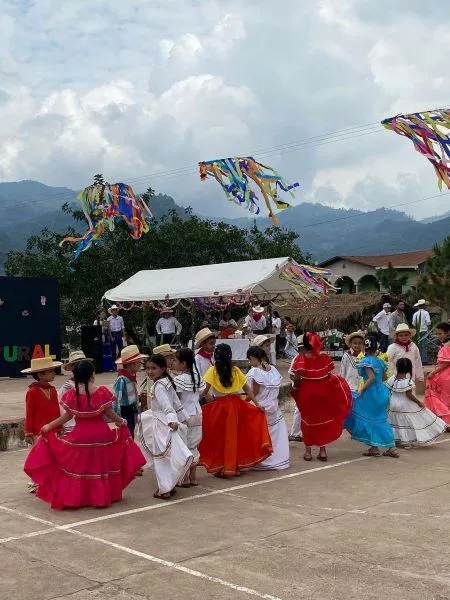
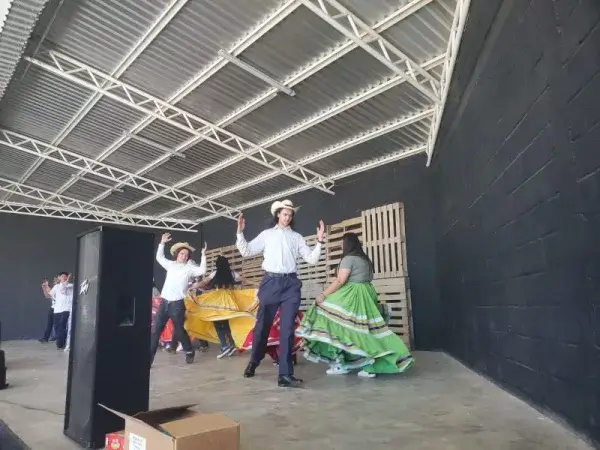
Related Posts
-

Our Christmas Campaign
A huge thank you to everyone who entered our Christmas Raffle this year. Your generosity and support have helped us…

